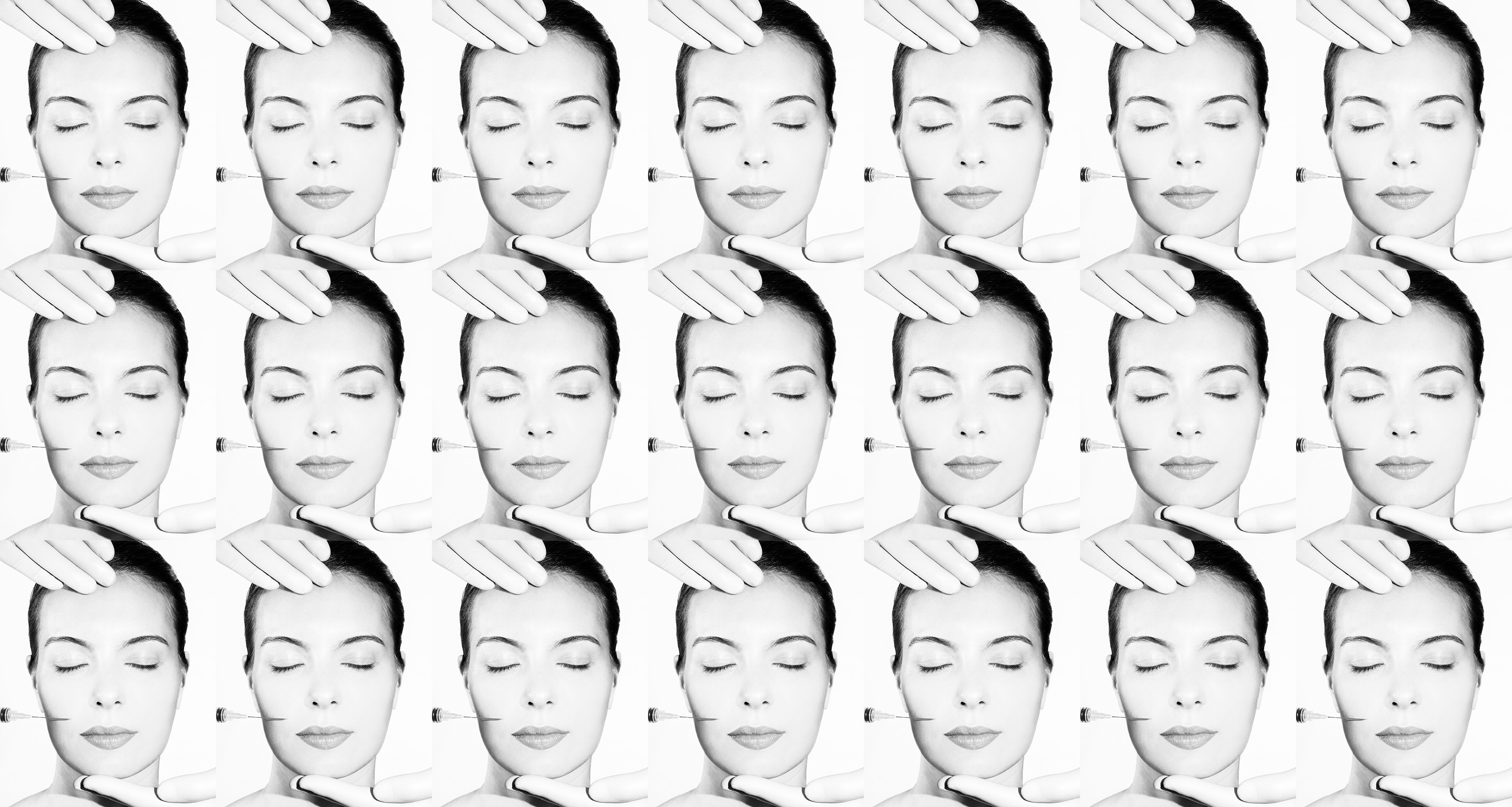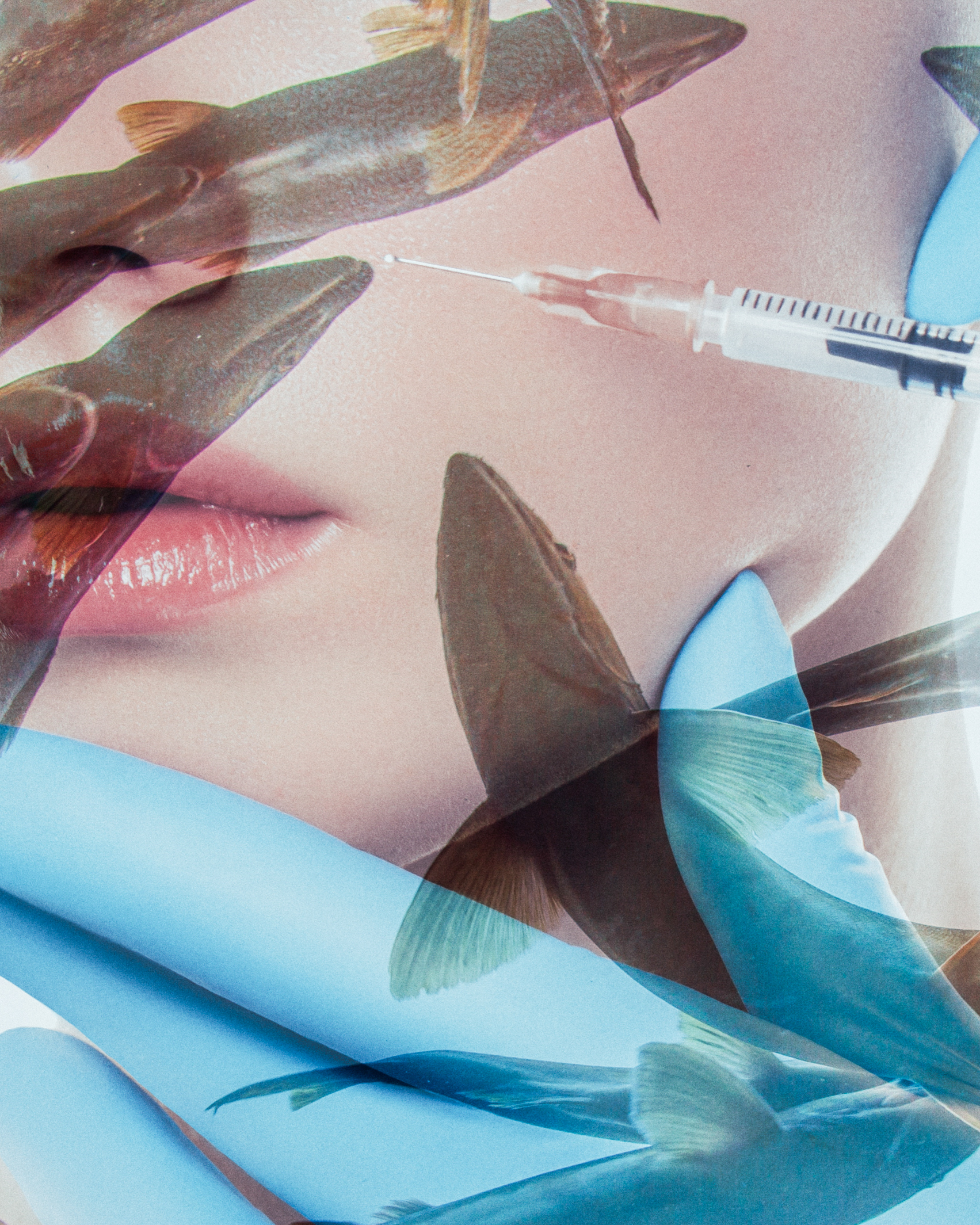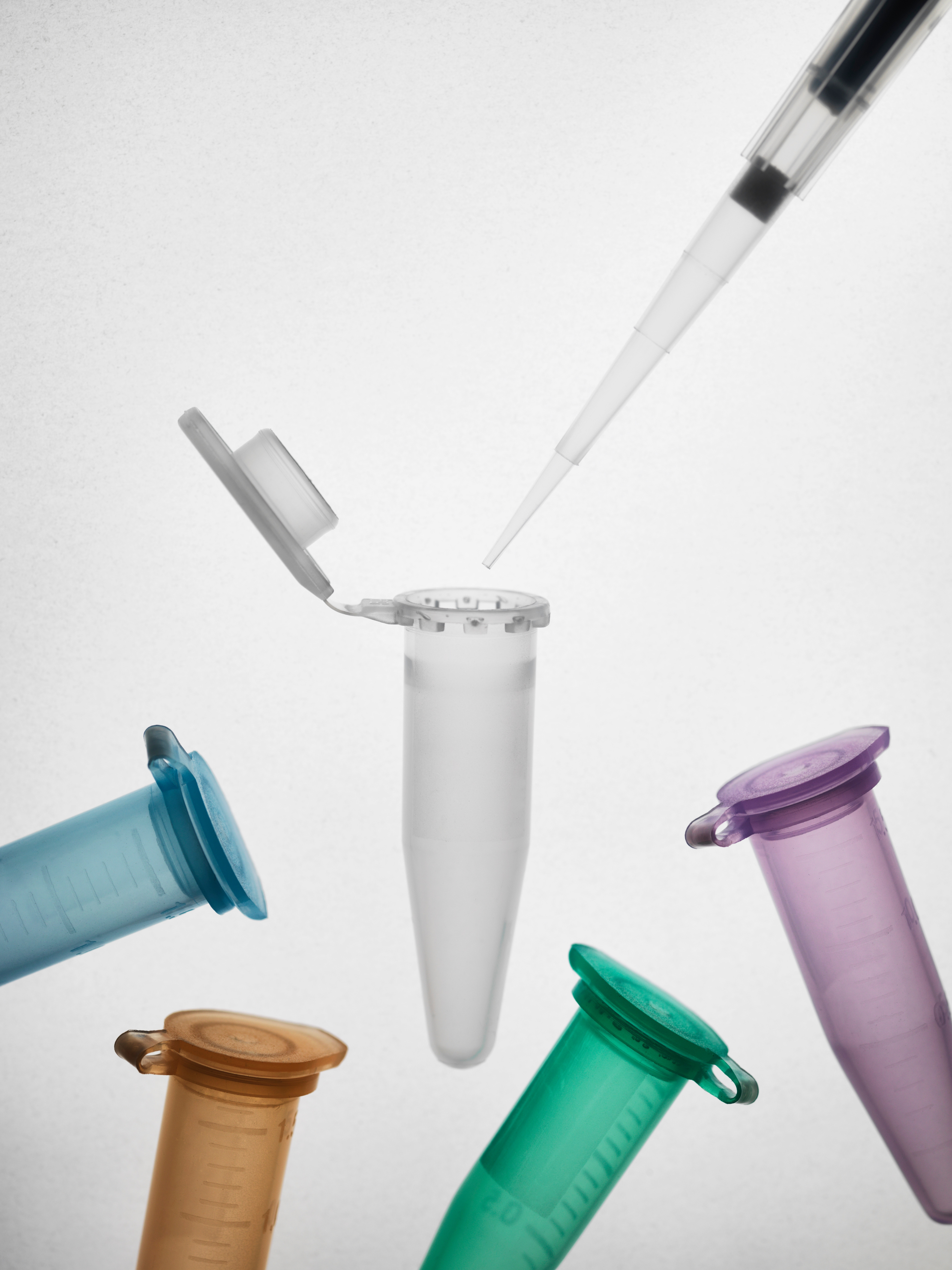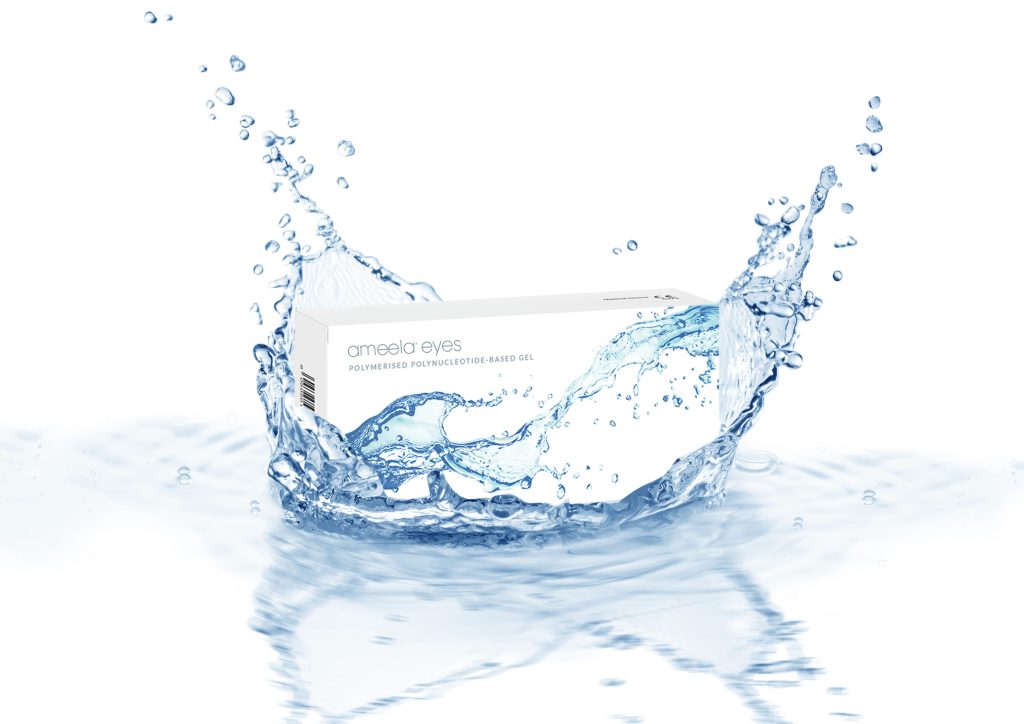What are polynucleotides? Trying the skin injectable made from salmon sperm
Polynucleotides are the latest in skin injectables, containing DNA derived from the gonads of salmon. Wallpaper* Beauty & Grooming Editor Hannah Tindle tries them to discover exactly how they work

Polynucleotides are one of the most exciting new developments in skin injectables. They differ from filler or skin boosters (which are hyaluronic acid-based formulas that physically plump up the skin), in that they act as a ‘biostimulant’, boosting the fibroblast cells in the body, and therefore collagen and elastin, without adding any volume.
The treatment has been making headlines of late, not least because of the attention-grabbing science behind them. Polynucleotides (which are quite literally multiple chains of nucleotides, the building blocks of DNA) are derived from salmon sperm, as they most closely mimic our own. After being extracted from the gonads, the salmon DNA is then distilled, purified and mixed into a water formula, before injection. It can be used on the face, neck, and hands. But perhaps its most popular use is for under the eyes. And, I found out exactly why, when I tried the treatment at 111 Harley St. a few months ago.
Polynucleotides: the injectable biostimulant made from salmon sperm

‘We started working with polynucleotides five years ago,’ says Linn Emlie Larsen, the founder of Ameela and Ameela Eyes, which is the specific brand of polynucleotides I was about to try at the Harley Street clinic. Larsen, who has been working in the field of aesthetic medicine for around ten years, started out researching polynucleotides in Scandinavian clinics, before launching Ameela in the UK market in June 2023.
‘Looking into all the different types of sources for polynucleotides, we realised that salmon DNA is the best source because we get longer polynucleotide chains. The longer polynucleotide chains you have in the product that you are injecting, the longer the biostimulation will be happening in the tissue, which means that the customer will have more treatment longevity,’ she says.

‘While hyaluronic acid fillers are typically used to treat the undereye hollowing, Ameela works with the body’s DNA to promote cellular regeneration,’ adds founder of 111 Harley St. and 111 Skin Dr Yannis Alexandrides. ‘Hyaluronic acid dermal fillers for tear troughs need to be patient-specific. If this treatment is carried out on the wrong person, it can make the patient look puffier under the eye area, as hyaluronic acid attracts water. Ameela decreases pigmentation, giving greater skin elasticity, reducing infraorbital hollows, and reducing fine lines and wrinkles. It also increases cell turnover, stops free-radical damage and supplies higher hyaluronic acid synthesis, which will all contribute to a brighter undereye area as benefits.’
My experience with polynucleotides at 111 Harley St.
On the day of the treatment, and after my thorough consultation, 111 Harley Street’s aesthetic nurse Claudia Brand also vouched that these were the results I could expect. She also told me that there isn’t any lidocaine in the product (which fillers and Botox contain to lessen any discomfort). So she gave me a couple of squeezy stress balls in preparation for the cannula that would go in each cheek. I did need to grip them with some force at several points, although the process of administrating the product was over very quickly. Two weeks later, I was back for my second session. (It is recommended that two Ameela Eyes treatments are done a few weeks apart, with an optional third if needed, plus a follow-up after seven or eight months).

Ameela Eyes
The downtime was negligible and there was hardly any bruising – and certainly, nothing that a few dabs of my faithful Nars concealer couldn’t fix. Sure enough, one day I looked in the mirror and it was as though someone had suddenly turned up the brightness on the dark shadows that once circled my lids. The hollowing of my sockets, which has been slowly developing over the past few years, had been put in reverse. I looked refreshed and awake on the outside, no matter how I was feeling internally.
Wallpaper* Newsletter
Receive our daily digest of inspiration, escapism and design stories from around the world direct to your inbox.
‘I never like to say that Ameela will substitute fillers, but I can already see that there is a decrease in the filler use [in aesthetic medicine],’ says Larsen. ‘And especially in areas like under the eyes. But what I would say is this is another tool for your clinic to have, rather than a replacement. It creates a healthy canvas for the skin.’
Ameela and Ameela Eyes is available at 111 Harley St., London, W1G 6AW. Prices start at £400.
Hannah Tindle is Beauty & Grooming Editor at Wallpaper*. She brings ideas to the magazine’s beauty vertical, which closely intersects with fashion, art, design, and technology.
-
 This new Vondom outdoor furniture is a breath of fresh air
This new Vondom outdoor furniture is a breath of fresh airDesigned by architect Jean-Marie Massaud, the ‘Pasadena’ collection takes elegance and comfort outdoors
By Simon Mills
-
 Eight designers to know from Rossana Orlandi Gallery’s Milan Design Week 2025 exhibition
Eight designers to know from Rossana Orlandi Gallery’s Milan Design Week 2025 exhibitionWallpaper’s highlights from the mega-exhibition at Rossana Orlandi Gallery include some of the most compelling names in design today
By Anna Solomon
-
 Nikos Koulis brings a cool wearability to high jewellery
Nikos Koulis brings a cool wearability to high jewelleryNikos Koulis experiments with unusual diamond cuts and modern materials in a new collection, ‘Wish’
By Hannah Silver